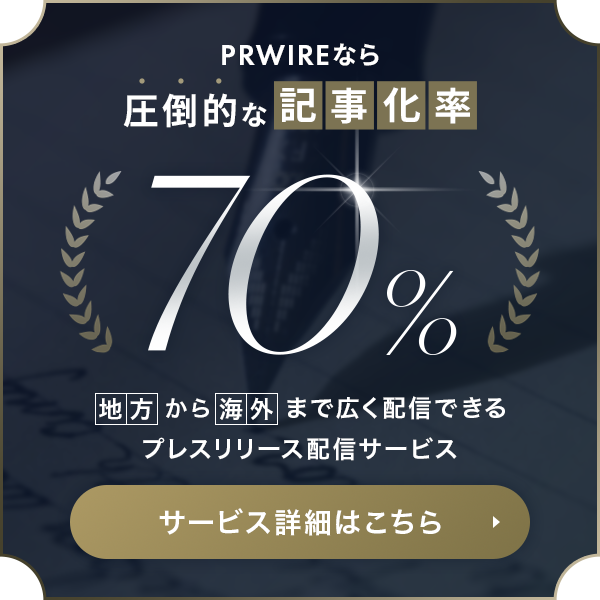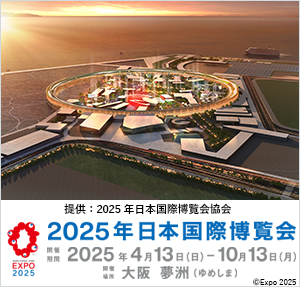Whitepaper by Huawei and Global IT Research and Advice Firm: Banking Industry Rises up on the Recovery Road to the New Normal
PR84391
SHENZHEN, China, June 15, 2020 /PRNewswire=KYODO JBN/ --
Recently, Huawei and International Data Corporation (IDC) jointly pre-release
their whitepaper on reshaping banking for the recovery era for 2020 during the
Huawei Global Financial Services Industry Summit 2020. The Whitepaper is
scheduled to publish globally in August. IDC believes that there will be five
key stages of recovery and at each stage there will be opportunities to
optimize new growth. The banking industry overall, stands in a strong position
to weather the stresses of 2020 and that it should bet utilize this time to
reinforce its overall capabilities and reassess priorities in terms of digital
transformation.
Banking to utilize technology to accelerate recovery
The year 2020 has witnessed unprecedented systemic shocks triggered by
COVID-19, but as with all other crises, both challenges and opportunities
arrive at the same time. The whitepaper will analyze the responses of banks to
the trials of current business conditions, dissecting the best responses from
across the world in terms of both tactical and strategic responses, and
establish a firm recovery framework that banks and other financial institutions
can adopt to position themselves to better reach and serve their customer needs
for the upcoming recovery phase.
IDC believes that the banking industry stands in a strong position to weather
the stresses of 2020 and that using this period to build further capabilities
and infrastructure in digital and data will enable them to create more relevant
services and products which are not just digitally managed and delivered, but
which have been born and incepted from digital roots.
Understanding the five key stages of recovery to optimize new growth
The IDC and Huawei whitepaper will map out the five key stages of recovery
based on IDC's observations, covering the stages of COVID crisis, economic
slow-down, recession, return to growth and next normal. For each of the stages,
IDC will map out the impact and characteristics of each, and IDC's recommended
direction and strategies that banks should implement in order to maximize the
potential benefits that can be attained.
Banks reacting to the COVID crisis and economic slow-down phase have already
rolled out a host of strategies including a focus on mobile app efficiency and
features, behavioral analytics to capture new customer activity and behaviors
during unusual times in order to rebuild models, and branch transformation to
better service customers in the absence of physical locations in areas such as
lending, further accelerating the transformation towards fully online banking products.
New capabilities and priorities already highly visible in the industry
The new capabilities the banks have equipped themselves with are in the context
of the unique characteristics of this 2020 downturn, but are also brought about
by the new technology and digital capabilities of our times.
For example, in the earlier stages of recovery, a real impact assessment of the
crisis is necessary. The bank needs the ability to understand real
capitalization, liquidity & credit positions through various possible
scenarios. Stress-testing will have to be kicked into high gear, simulating
scenarios based on data from crises of recent vintage. Ultimately, banks will
be working towards a transparency of real-time liquidity positions — intra-day
dashboards, for example, are now highly valued to give such intelligence.
They give banks the ability to remediate quickly and decisively: canceling
transactions, reducing outstanding contracts, or settling early.
Next, banks have to update their contingency plans especially for customer
engagement. They need the ability to shift to new modes of working and new
modes of customer engagement through digital technologies like mobile apps,
co-browsing for advisory services, even chatbot services.
Bringing all these capabilities together as banks fight for market share, they
need to have the ability to stand out through data-led customer engagement or
to use Agile capabilities to iterate on new products and services that enable
them to be more responsive to new dynamics post-COVID 19.
Essential reading for bank executives plotting their course for 2020 and beyond
Further expanding on these issues, the whitepaper will explore the future
stages of recovery and map the unknowns which lie before the industry through
the economic slow-down to next normal phases. The new guidance frameworks will
utilize our Resiliency Index which scores banking industries at a regional
level based in their ability to cope and rebound from the effects of the
pandemic using categories such as 'channels', 'data and analytics', and
'workflow processing' in order to quantify best practices from around the globe
as well as their business impact. The whitepaper will prove to be essential
reading for global executives at banks as they seek to understand what can be
done and what will deliver the most impact as they chart their course into new territory.
To date, Huawei has served more than 1,600 financial customers worldwide,
including 45 of the world's top 100 banks. Huawei has also established
comprehensive strategic partnership with more than 20 large-scale banks,
insurance companies, and securities companies around the world. Huawei becomes
a trusted strategic partner for the digital transformation of customers.
Huawei's annual Global FSI Summit is a global ICT event hosted by Huawei that
is focused on partnerships and trends with the financial services industry. It
was founded in 2013 and features thought leaders, consultants and experts from
the industry. For more information, please visit:
https://e.huawei.com/topic/finance2020/en/
SOURCE Huawei
本プレスリリースは発表元が入力した原稿をそのまま掲載しております。また、プレスリリースへのお問い合わせは発表元に直接お願いいたします。
このプレスリリースには、報道機関向けの情報があります。
プレス会員登録を行うと、広報担当者の連絡先や、イベント・記者会見の情報など、報道機関だけに公開する情報が閲覧できるようになります。










